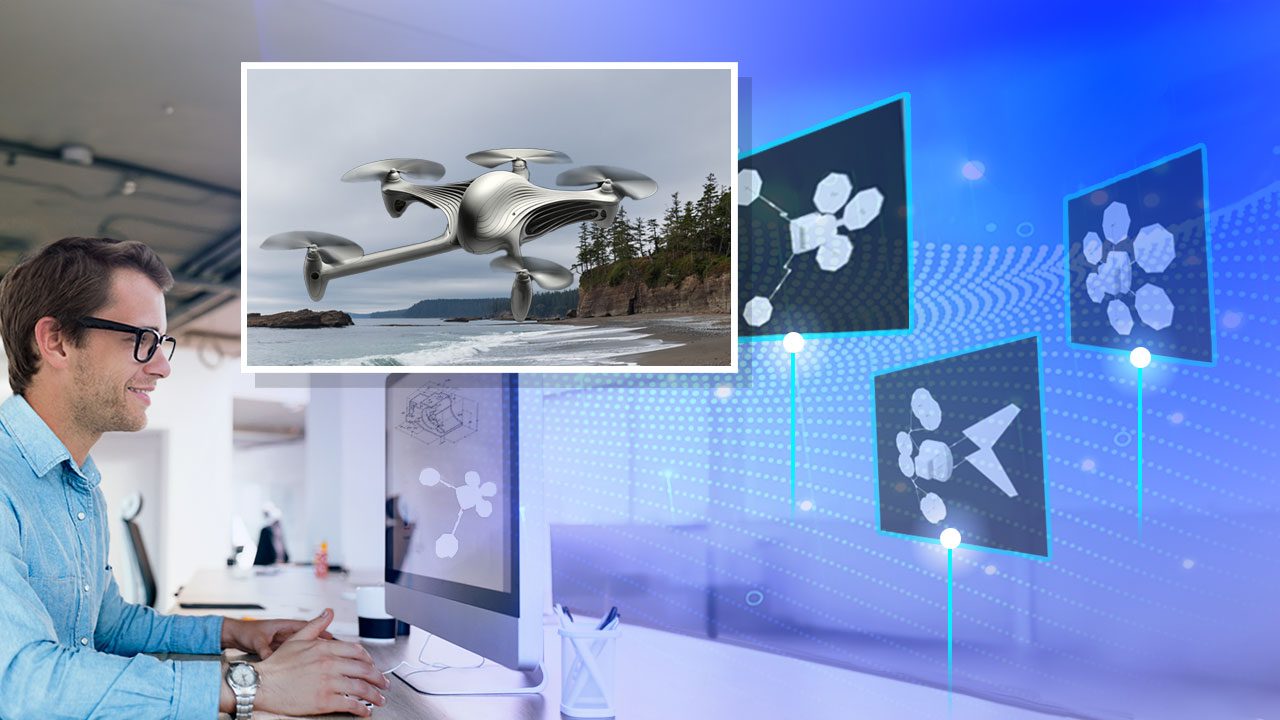As AI-based tools are increasingly incorporated into system design processes, human-machine collaborative workflows must mitigate potential biases of human designers while promoting human insights and creativity. An AI-driven alternative approach to the design process that addresses these needs is the inspiration for the Joint, Adaptive, Robust Visualization and Interaction System (JARVIS) tool from Charles River Analytics. JARVIS supports an iterative process of design and evaluation to help shepherd cyber and physical subsystems through more efficient development cycles. The 4-year contract was funded by the Defense Advanced Research Projects Agency (DARPA) under the Symbiotic Design for Cyber Physical Systems (SDCPS) program.
Tried-and-tested models are a proven entity, so using them as a starting point for new designs makes good business sense. It is also why Hollywood churns out one sequel after another: If a formula works, why not run with it? However, such an approach skips looking for ideas in the “space of the unexplored,” says David Koelle, Principal Software Engineer at Charles River Analytics and Product Manager on JARVIS. “As a result, we might be missing out on innovative designs that are cheaper and more effective than the ones we typically use.”
JARVIS banks on a symbiosis between humans and AI to serve two functions. First, it helps system designers explore the space of the possible to find innovative new designs. Using the tool’s effective human-machine interface (HMI), designers can provide feedback to the AI to guide its exploration of the design space. Second, JARVIS helps designers refine specific components in new or existing designs to fine-tune each design’s ability to meet requirements. The tool provides a way for designers to interact with and understand the results of AI.
The advantage of using AI‑human symbiosis as the basis for the tool is that it harnesses the best of both. AI can churn through millions of design candidates and conduct early performance assessments to nudge designers toward new and potentially promising design directions. On the other hand, humans are good at understanding the limitations and practicality of the designs and using intuition to guide the design process. Working together enables wider and more optimized choices.
While traditional design follows a linear iterative path, JARVIS lets designers explore designs, then go back to previous designs and try different choices, and even merge great ideas from two streams of exploration. JARVIS enables optimization for any relevant parameter, whether that be material cost, speed and maneuverability of a vehicle, weight, or power consumption. The tool is agnostic to the specific domain of the design, so it is equally suited to exploring designs for air vehicles, underwater vehicles, or other systems.
Early use cases of JARVIS for DARPA explored the efficient “correct-by-construction” design of cyber-physical systems like aerial and underwater vehicles. In aerial vehicles, for example, JARVIS allowed design teams to explore what kinds of designs would deliver a sharper turning radius or faster acceleration. The correct-by-construction approach ensures that design candidates are put through their paces, so the final choice is sure to meet required criteria.

Koelle sees immense commercial potential for JARVIS, given its unique position as a tool that is focused on the designer’s experience and communicates useful feedback to AI tools.
The JARVIS software development kit (SDK) can work with in-house data and/or AI and machine learning tools. JARVIS supports existing design workflows and helps designers optimize both simple designs and complex designs that involve multivariate parameters.
“In this new era of AI-driven design, JARVIS makes sure that design engineers have the right tools to deliver creative, efficient, and cost-effective systems,” Koelle says. With JARVIS, AI‑human symbiosis can help achieve correct-by-construction designs that also value innovation.
Contact us to learn more about JARVIS and our other capabilities in user interfaces and human-machine teaming, and artificial intelligence.
Related Articles
DARPA SDCPS & JARVIS developing AI assisted design of Military Cyber Physical Systems
Inside DARPA’s push to make artificial intelligence explain itself
This material is based upon work supported by the United States Air Force and DARPA under Contract No. FA8750-20-C-0074. Any opinions, findings and conclusions or recommendations expressed in this material are those of the author(s) and do not necessarily reflect the views of the United States Air Force and DARPA.





